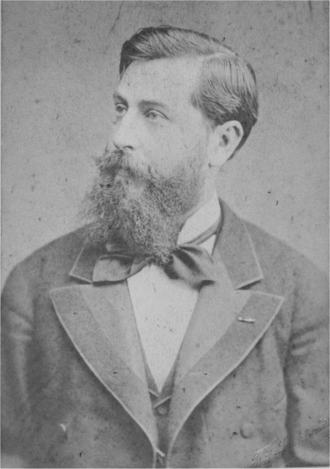Victor Hugo wrote the play “Le Roi S’Amuse” (The King Amuses Himself) in 1832. Loosely based on historical figures, the plot involves a court jester to the king who schemes to help the king obtain a new mistress. The jester’s daughter is seduced by the king; upon discovering a plot to murder the king, she sacrifices her life for him. The play was banned in 1832 after just one performance (government censors believed that the play insulted the current king of France). Some 20 years later, the plot of “Le Roi S’Amuse” became the basis for Verdi’s Opera Rigoletto.
When the play was finally revived in 1882, the noted composer Léo Delibes wrote a ballet sequence of six charming dances and antique airs to be included as incidental music. They consist of a grand opening Gaillarde; a stately Pavane; a melodic Scène du Bouquet; Lesquercarde, a spritely tune; a sweet Madrigal; a wistful Passepied; and a final reprise of the Gaillarde.
Le Roi S'Amuse
Composed in 1882
By Léo Delibes






